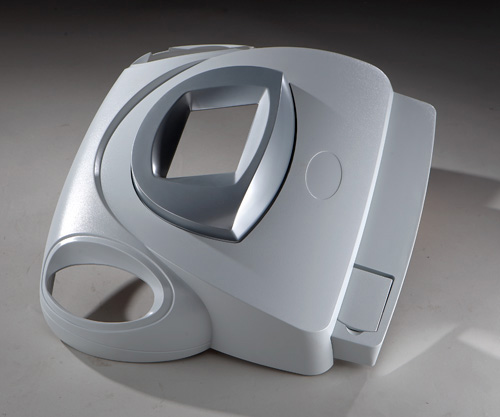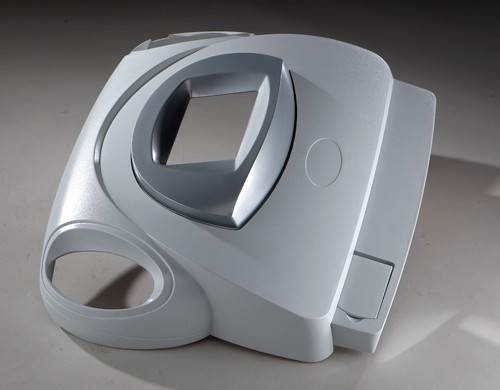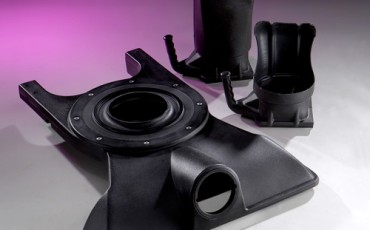
Plastic thermoforming production differs from injection molding in terms of production methods, and with regard to tooling, materials, and parts finishing. Part 1 of this series examined tooling. Part 2 covered materials. In Part 3, the final installment in this series, we’ll focus on production and finishing methods for thermoformed parts.
First, however, let’s consider how injection molded parts are produced and finished so that you can fully compare thermoforming with injection molding.
How Injection Molding Works
Injection molding uses plastic pellets that come in different material types and colors. These pellets are melted, and then injected into a closed cavity via hydraulic pressure. Plastic injection molding can achieve variable thicknesses in a single part, too.
In terms of part quality, injection molded parts that are uncoated generally cannot match the surface quality of unfinished thermoformed parts. In addition to flashing, warping, and bubbling, possible defects with injection molded parts include sink marks and ejector marks.
Often, injection molded plastic parts need coating or panting for aesthetic reasons. Injection molded parts can be silk-screened, too. Thermoformed parts also support silk screening and specialty coatings, but custom color matching and textured tooling can eliminate the need for coating or painting in the first place.
How Plastic Thermoforming Production Works
Thermoforming pre-heats a flat plastic sheet to a pliable temperature. Using either suction from a vacuum (vacuum forming) or both suction and pressure (pressure forming), the plastic sheet is then molded to the tool’s shape. These plastic sheets come in various material types, colors, finishes, and thicknesses.
Thermoformed parts don’t exhibit the sink or gate marks, porosity, and other undesirable surface conditions that are associated with injection molding. Instead, thermoforming provides a blemish-free finish along with fine details.
For example, pressure forming creates sharp, crisp lines and details; textured surfaces; and formed-in-undercuts. Zero degree draft on sidewalls is possible, too. Twin sheet forming produces hollow plastic parts with details on both sides.
Thermoforming also supports the use of CNC or robotic routing to cut or trim your plastic parts so that they meet your precise dimensional specifications. CNC and robotic routing remove excess or unwanted materials, and create clean edges that are free of burrs.
Ask Gregstrom About Plastic Thermoforming Production
We hope that you’ve enjoyed this series of blog entries about thermoforming, and encourage you to contact Gregstrom with specific questions. How can we help you with your next plastics project?



